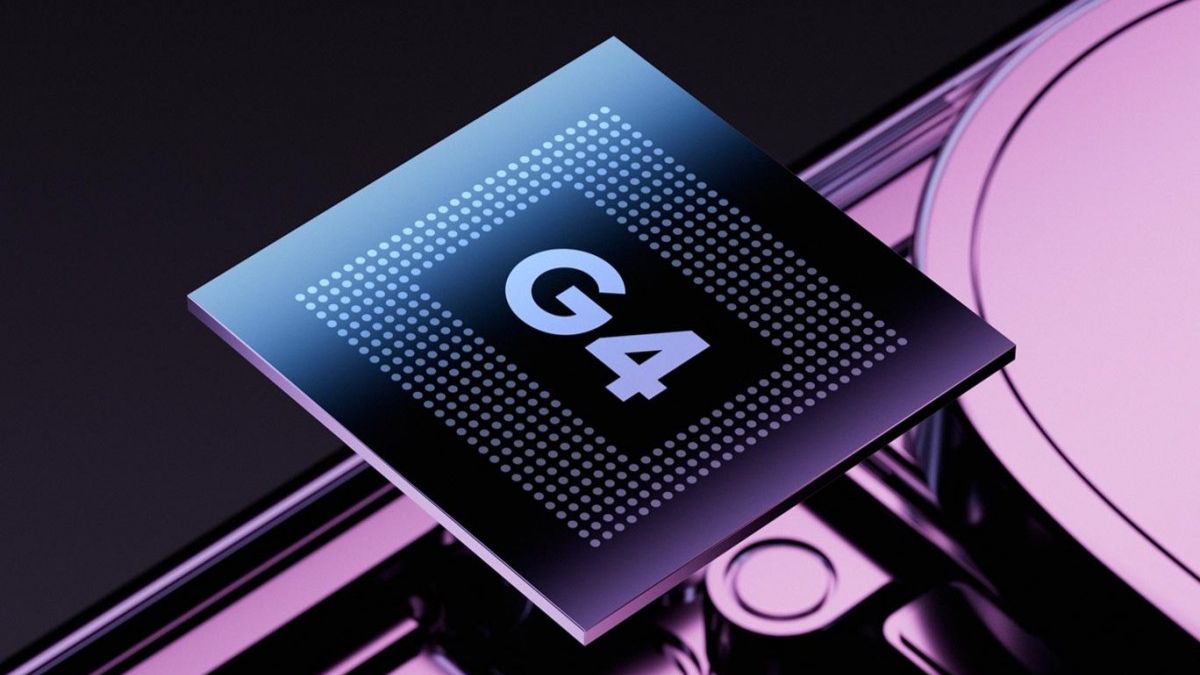Google has officially chosen TSMC over Samsung to produce its next-generation Tensor G5 chip for the upcoming Pixel 10 series. This strategic shift marks a significant departure from Google’s long-standing partnership with Samsung Foundry and signals growing trust in TSMC’s advanced semiconductor manufacturing.
Why Google Chose TSMC Over Samsung
The key reasons for Google’s switch to TSMC are centered around efficiency, performance, and yield:
- Higher Yield Rates: TSMC’s 3nm yield rate is around 90%, compared to Samsung’s 50%. This results in fewer defective chips and lower production costs.
- Thermal & Battery Performance: Chips built by TSMC are expected to offer better thermal management and improved power efficiency compared to Samsung-made Tensor chips.
- Advanced Manufacturing: TSMC leads in 3nm production and is already working on 2nm, whereas Samsung is still facing technical challenges.
- Design Flexibility: TSMC provides a more robust IP library and design support that suits Google’s AI-driven chip development.
Read More: Google App Gets ‘Search Live’ Upgrade
Samsung’s Response to the Loss
The decision came as a shock to Samsung, internally referred to as the “Google incident.” The South Korean giant has launched an internal investigation to determine how and why it lost such a major client. High-level strategic meetings are ongoing as Samsung reevaluates its roadmap and competitiveness in the global foundry space.
Long-Term Outlook: Pixel 10 to Pixel 14
According to reports, Google’s partnership with TSMC is not a one-time move. The company is expected to use TSMC’s foundry services for multiple future devices, including the Pixel 10 through Pixel 14, potentially extending the contract up to 2029.
Competitive Implications
This shift not only hurts Samsung’s foundry business but also reflects the increasing tension between the two tech giants. With both companies now competing in foldables and mobile innovation, Google’s move to TSMC also establishes independence and neutrality in manufacturing partnerships.
Read More: Google Pixel 9a vs Pixel 9: Which One Deserves Your Pocket?
Comparison Table
| Feature/Aspect | TSMC | Samsung |
|---|---|---|
| 3nm Yield Rate | ~90% | ~50% |
| Manufacturing Tech | Leading 3nm, working on 2nm | Lagging behind, delays |
| Thermal Efficiency | Superior | Reported heating issues |
| Chip IP Ecosystem | Robust and flexible | Limited |
| Client Confidence | Increasing | Declining |
Conclusion
Google’s decision to switch to TSMC for its Tensor G5 chipset is a critical milestone in the semiconductor industry. It reflects the growing trust in TSMC’s advanced process technology and underscores the urgent need for Samsung to re-evaluate its foundry strategy. As the Pixel 10 series approaches, this shift may lead to significant gains in performance, efficiency, and user satisfaction. Stay tuned with Bloom Pakistan.
Read More: Google Pixel 10 Series Color Options Just Leaked – Here’s Every Shade Revealed









